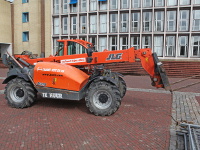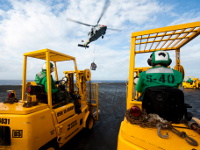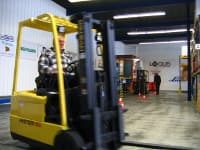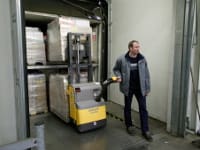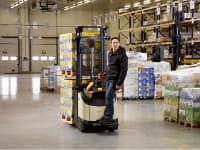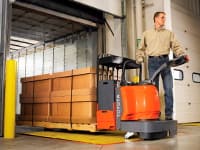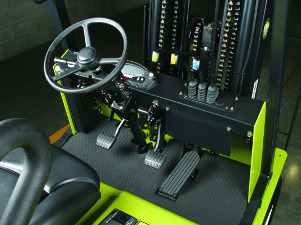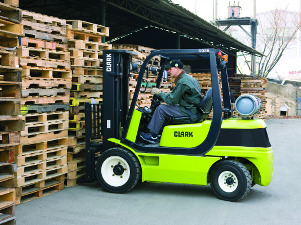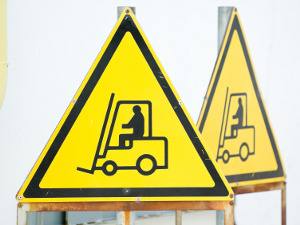Courses for forklifts

Each forklift training course conducted by our Centre is comprehensive and consists of a theoretical and practical part. The course covers all theoretical issues related to the construction and operation of the device during works, as well as practical classes which teach the participants how to manoeuvre the forklift correctly in accordance with safety regulations and the Office of Technical Inspection. We comprehensively prepare the participants of our training courses to obtain their UDT licences.
Types of permissions
According to the UDT regulations, there are 3 categories of authorizations for the operation of forklift trucks:
I WJO for forklift trucks, including specialized ones: with an operator lifted with a load and with a variable outreach
II WJO for forklift trucks (without specialized equipment)
III WJO for guided and remote-controlled forklift trucks
Application of devices
Forkbeards or too lorries are mechanical wheeled vehicles that are equipped with an electric motor drive or an internal combustion engine, thanks to which they can move over longer distances. The devices help to carry out light and heavy loading and unloading work on wooden pallets in warehouses, shops, ports and production halls.
Many types of forklifts are in use. Due to their operation, they are divided into: tractor, loaded, lifting, lifting and special forklifts. In terms of steering, forklifts are classified into guided, platform, remote-controlled and equipped with seats. Controlling the movement of a wheelchair is similar to driving a car in that the device has a steering wheel, brake and accelerator pedals. To operate the devices, you need forklift licenses granted in accordance with the regulations of the Office of Technical Inspection.
Forklift training - the purpose of the training
Training for forklift trucks is intended for people who have reached the age of 18, have at least basic education and have undergone medical examinations and have received a certificate of no contraindications to the profession of a forklift operator.
Through training, the necessary knowledge and skills can be acquired to take the exam. These devices are being used in an increasing number of companies. Training in their use will therefore be a good investment. It is worth learning how to operate forklifts with the ERGON Centre - we will make it even easier for you to obtain your UDT qualifications!
We invite you to familiarize yourself with our full offer!
ODK Ergon Warsaw






























